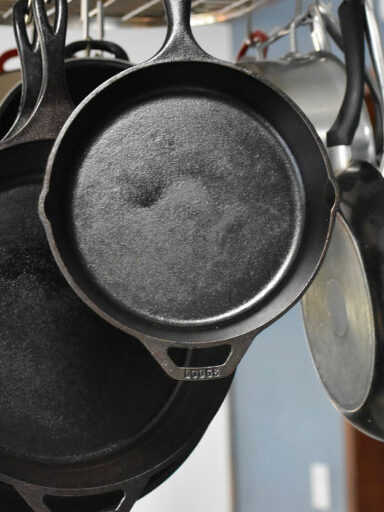Fish is one of those foods that do not keep for too long and proper care must be taken not just when preparing the fish but also when purchasing it. There are different ways to test if fish is fresh but not all are suitable for the home cooks.
Tips and Techniques on How to Know if Your Fish is Fresh
These cooking tips and techniques will show you how to test if fish is fresh before you pay for it and take it home. In a later article, we will be giving you tips and advice on how to store your fish and keep it fresh.
Let’s jump right into the four basic steps on how to check if your fish is fresh.
Step 1: Know Your Supplier
If you are familiar with fishmongers in your area, make sure you buy your fish from a seller in an area with lots of business. Lots of business means the fish moves and the offset chance of fish sitting around in stock for very long periods is reduced.
Make sure the fish is stored on ice as well This ensures it is stored in cold to freezing temperatures. If the fish is frozen make sure it is frozen solid all through. The color should not be off.
Step 2: Use Your Nose
The next thing you want to do is to ensure the fish is not “smelling fishy”. It should not have a strong pungent smell. The fish should smell of the ocean and nothing more. You should also not be able to smell the fish from 3 inches or more away.
Step 3: Look for the Sheen
Fresh fish should look moist and not have a dry look. Fresh fish should be coated in a thin and even mucus membrane that is clear and transparent. The eyes should look bright and glossy and again should not be coated with cloudy mucus.
The gills should also be bright red and covered in a healthy dose of clear mucus. The Gill-rakers (the parts that look like prongs) should also look thick and have a body. The gill should therefore not look dehydrated, should not be dry on the surface, and should not have lost its red coloring.
Step 4: The Gentle Touch
The body of the fish should feel firm when gently pressed and the flesh should bounce back in the place where it was pressed. Fish that is stale usually has softened flesh and therefore when pressed leaves a dent that may not recover or takes time to regain its shape.
If the fish is purchased will the shells then it should be intact. Without the shells, the skin should not be showing signs of breaking from the flesh.



